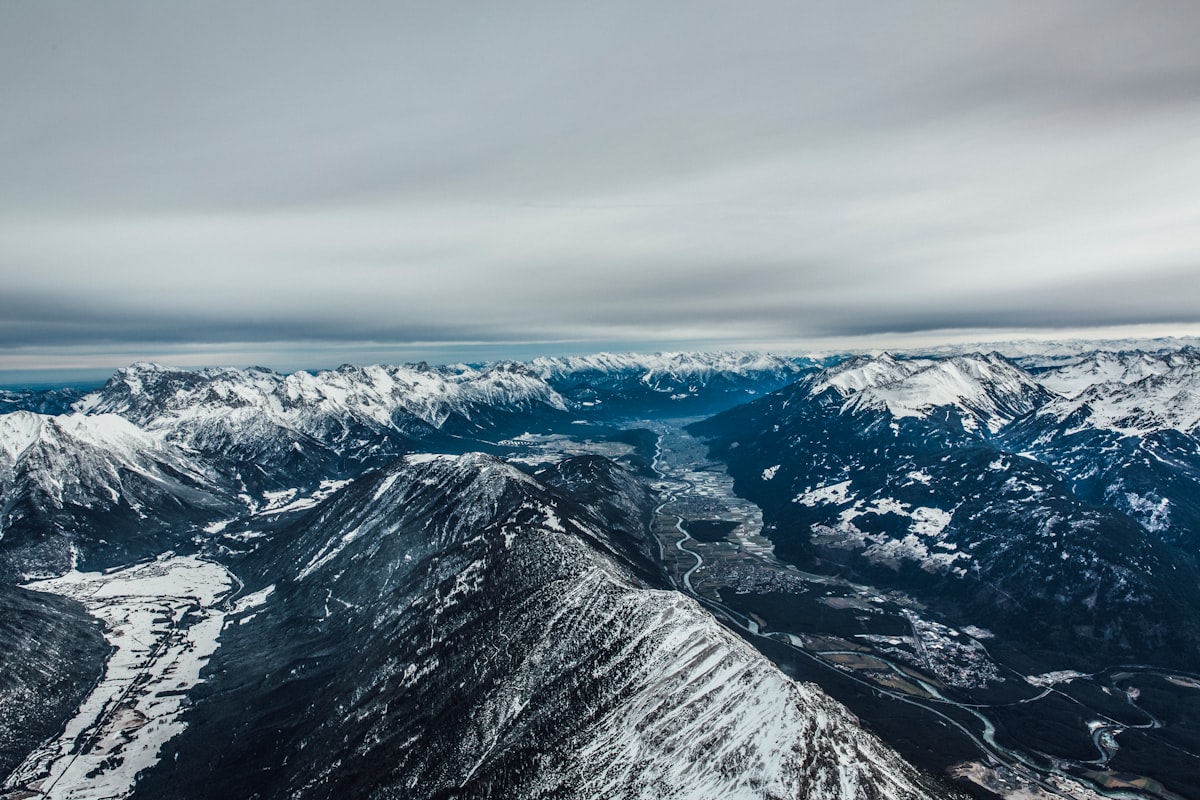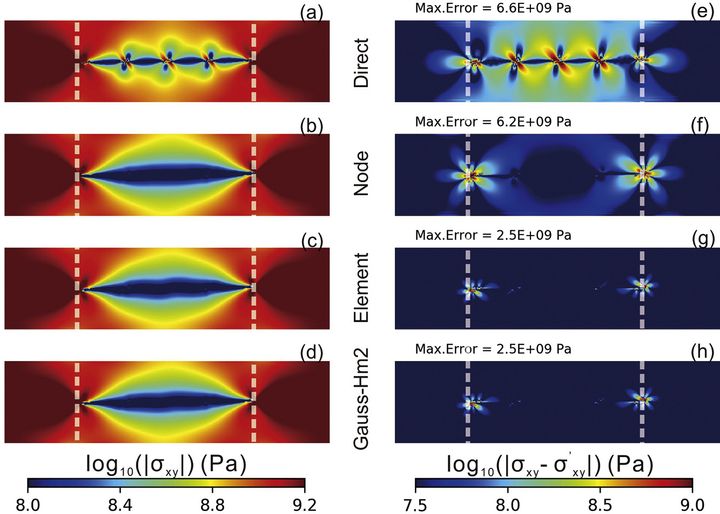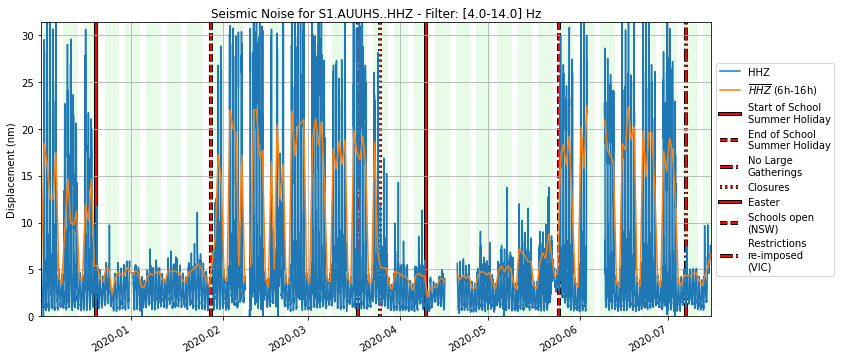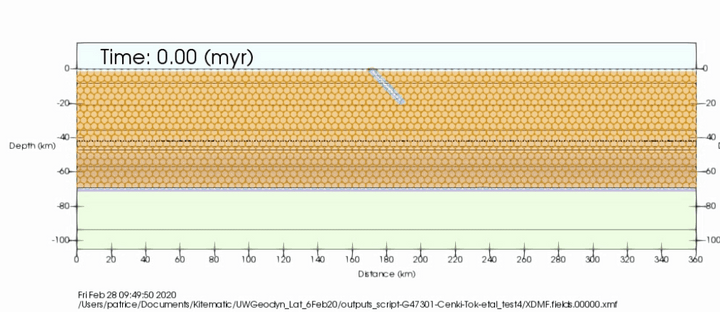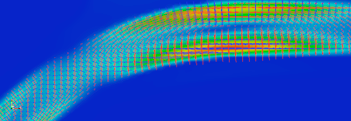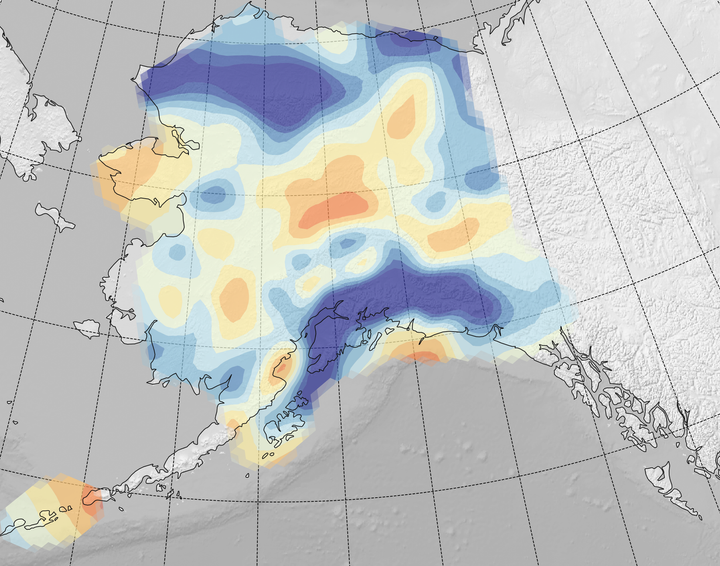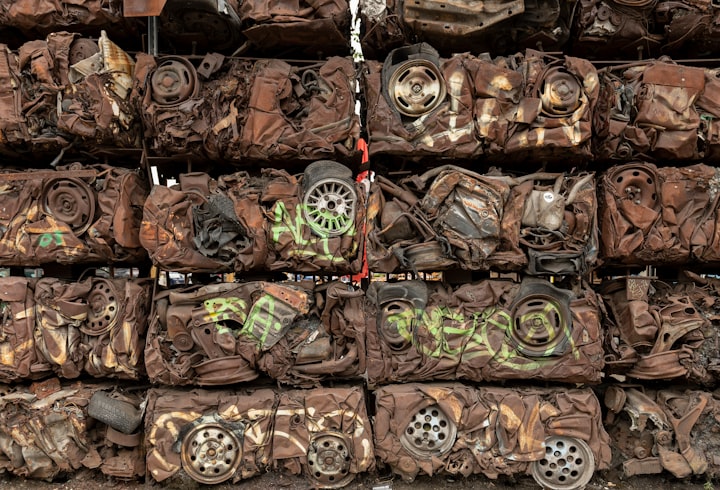
Compressible convection in cartesian coordinates with Underworld3
Introduction and benchmarking
The convection of the Earth’s mantle is usually modelled as an incompressible process, referred to as the Boussinesq approximation. However, in the Earth’s mantle, the pressure increase associated with depth also increases the density due to self-compression (King et al. 2010). In some applications, this

